I’ve been gradually enlightened about the mysterious and marvelous world of dragonflies and damselflies.
Dragonflies have always fascinated me, but I’ve only recently been switched on to their more delicate relatives, the damselflies.
This post is dedicated to Barry Kenway, highly-respected and knowledgeable Toowoomba naturalist, who passed away last week. I had the good fortune to spend some time with Barry, and Rod Hobson, chasing dragonflies in February 2012 (see Rockmasters and other legendary dragonflies). Barry’s knowledge about, and infectious enthusiasm for, these wonderful creatures was a joy. It would be hard to forget Barry’s smile as he spied yet another species of Odonata zipping about a creek sparkling with summer light.
Here’s a gallery of damselflies I’ve encountered over the last few years. They are a challenge to photograph!
Damselflies are primitive insects belonging to the order Odonata (a name that refers to the large teeth-like mandibles of both larva and adult). There are two suborders of Odonata in Australia — the damselflies (Zygoptera)and the dragonflies (Epiproctophora or Anisoptera). There are 12 families of damselflies in Australia.
How do damselflies differ from dragonflies? Damselflies are generally very slender insects, with fore- and hindwings similar in shape and venation and usually held closed above their bodies at rest. Their larvae have external gills on the end of the abdomen. Dragonflies are stouter and stronger flying insects, with fore- and hindwings more or less dissimilar in shape and venation, which they hold spread out when at rest. Their larvae have internal, rectal gills.

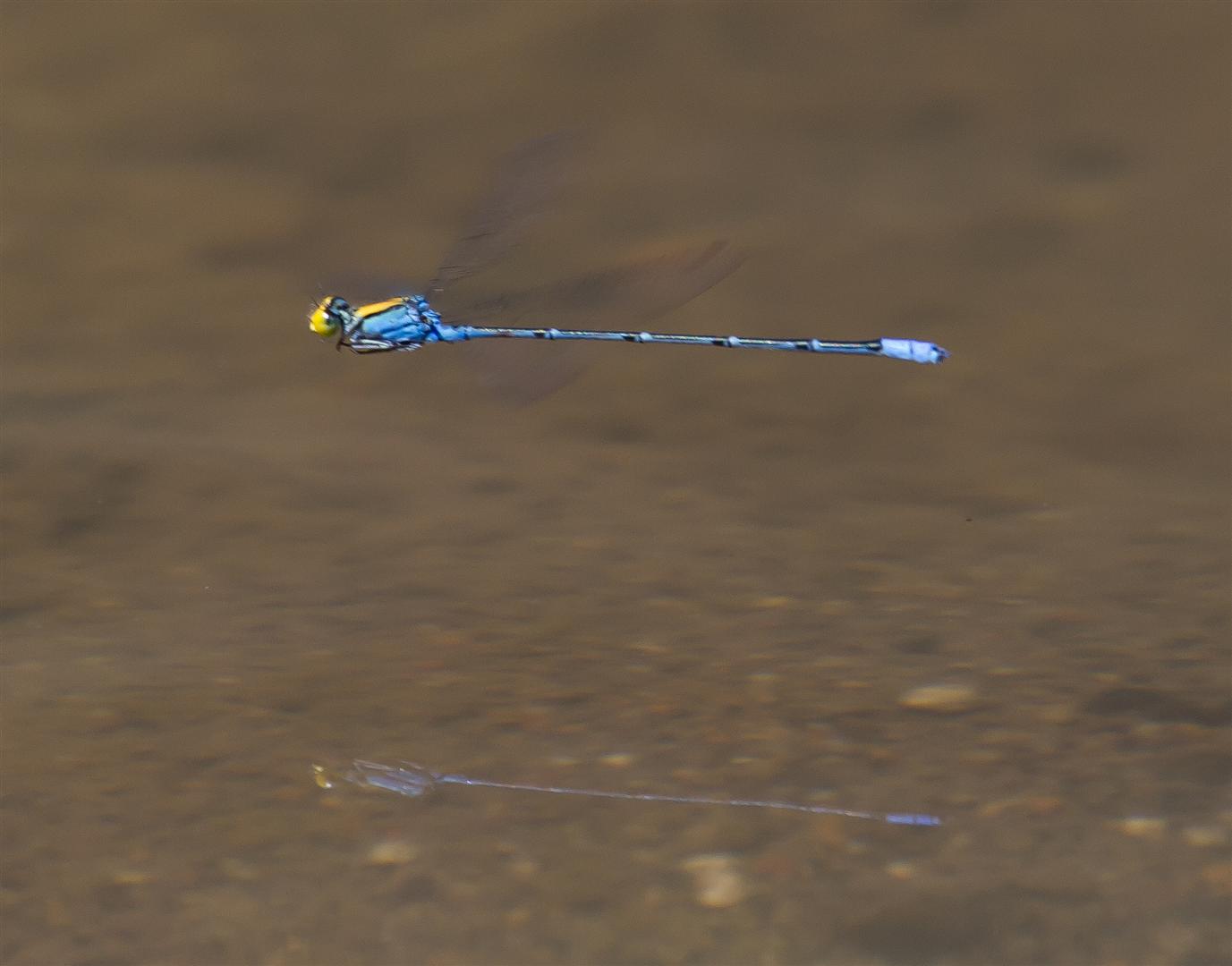
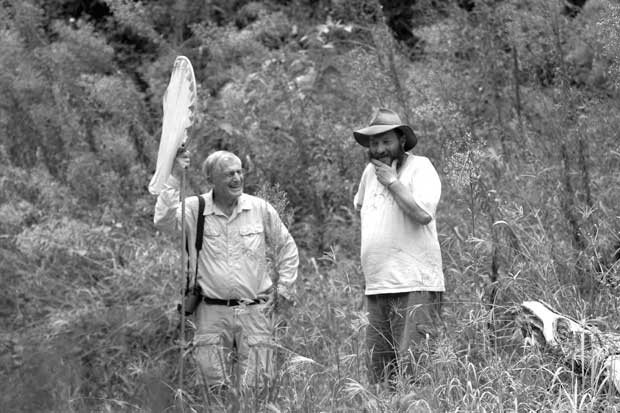
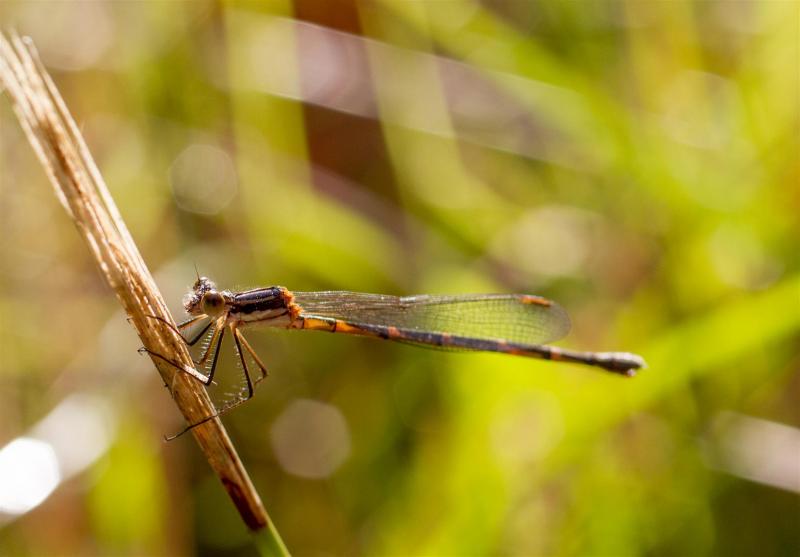
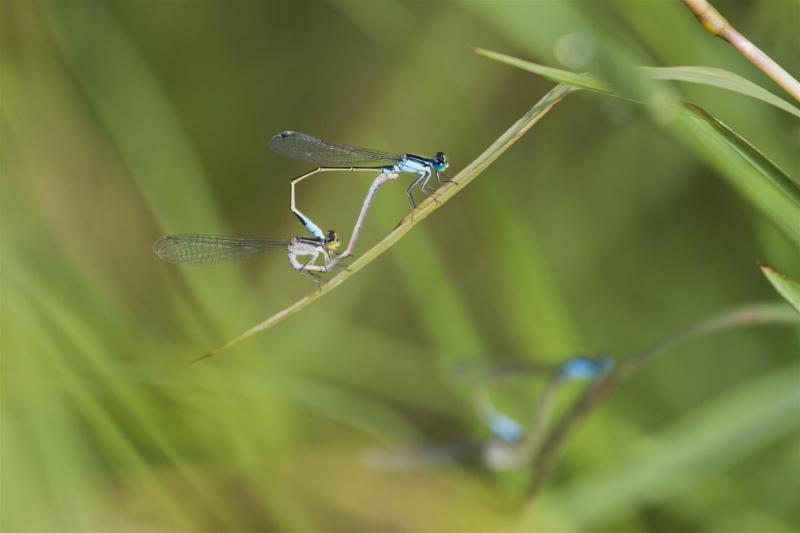
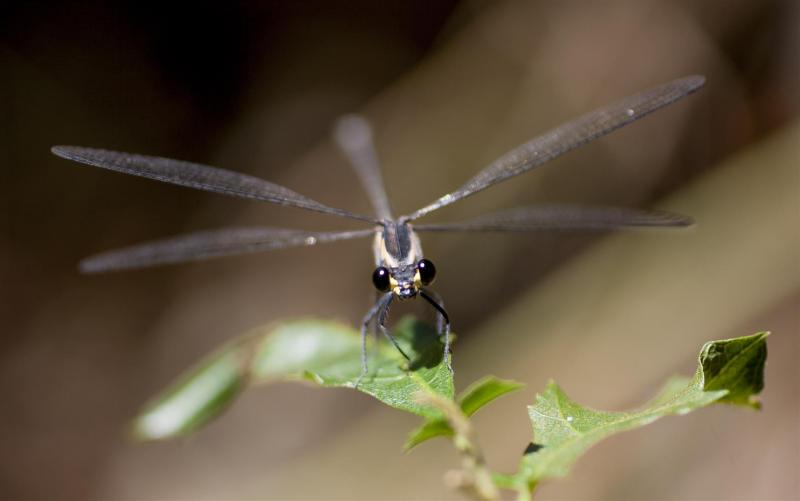
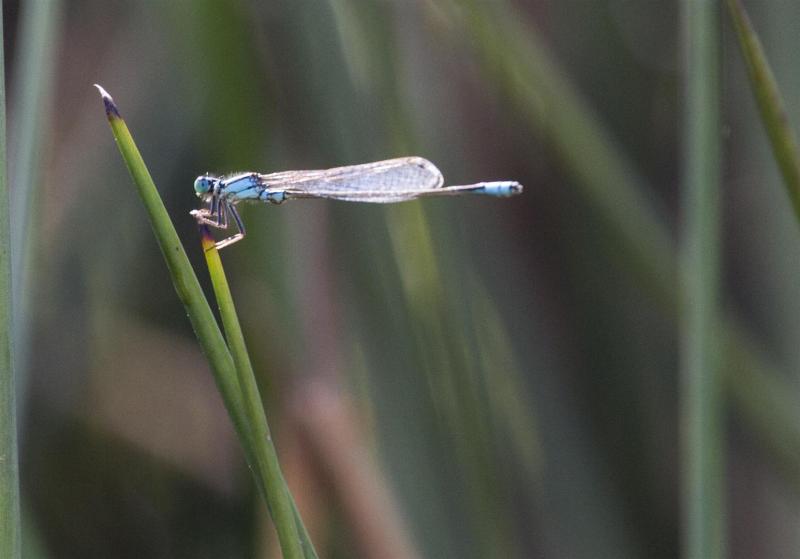
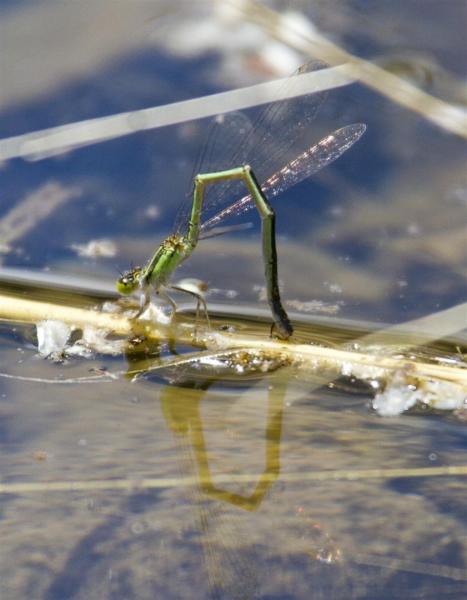
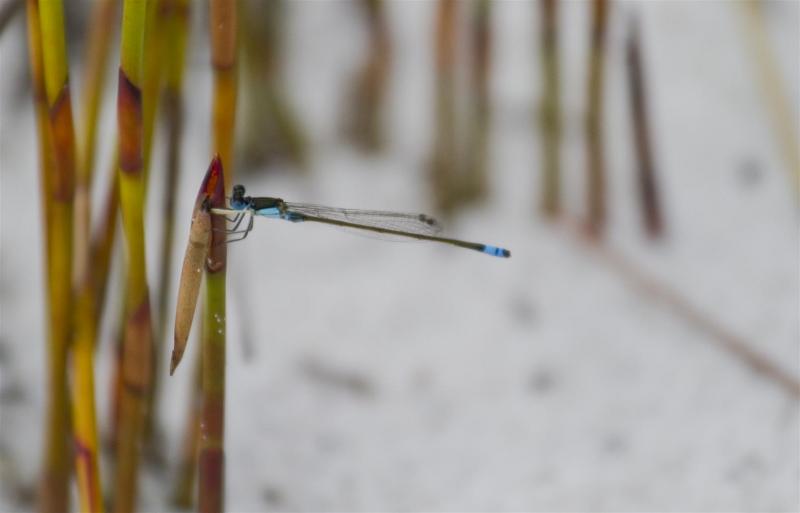
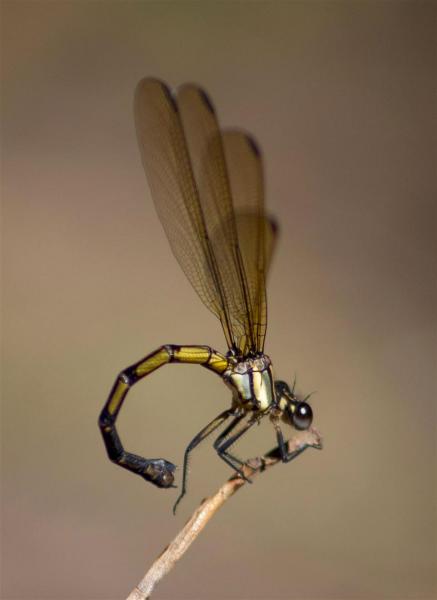
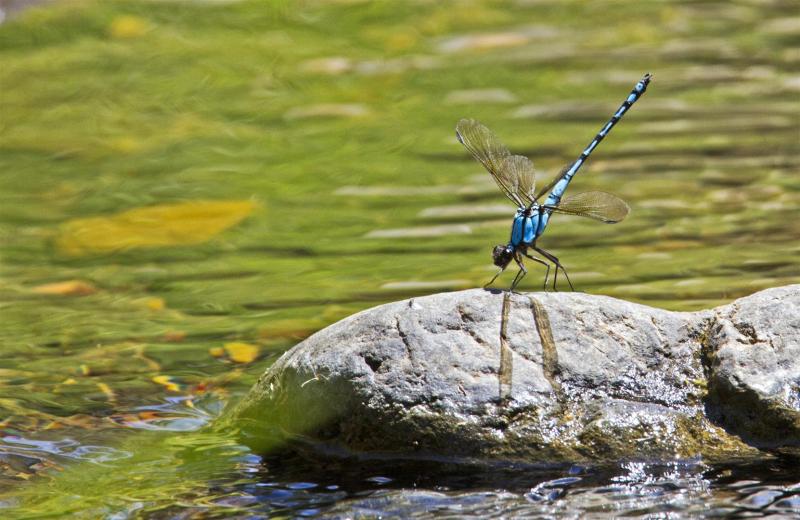
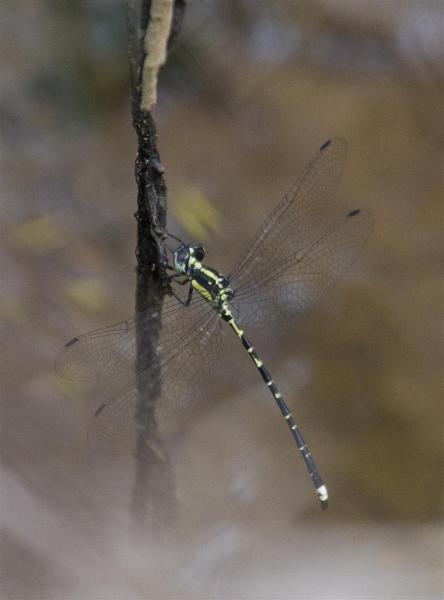
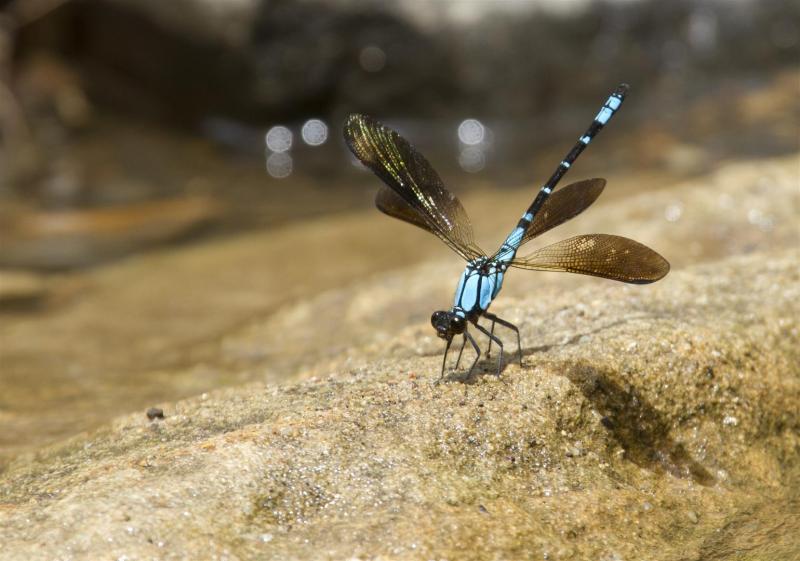
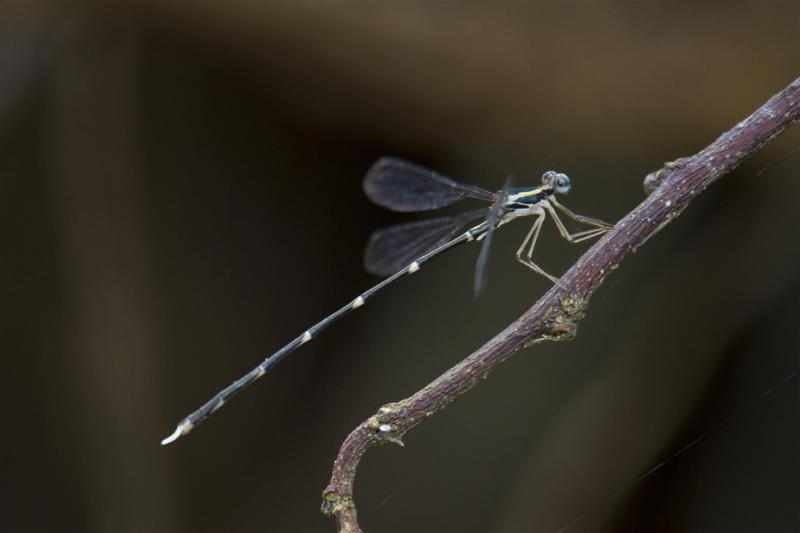
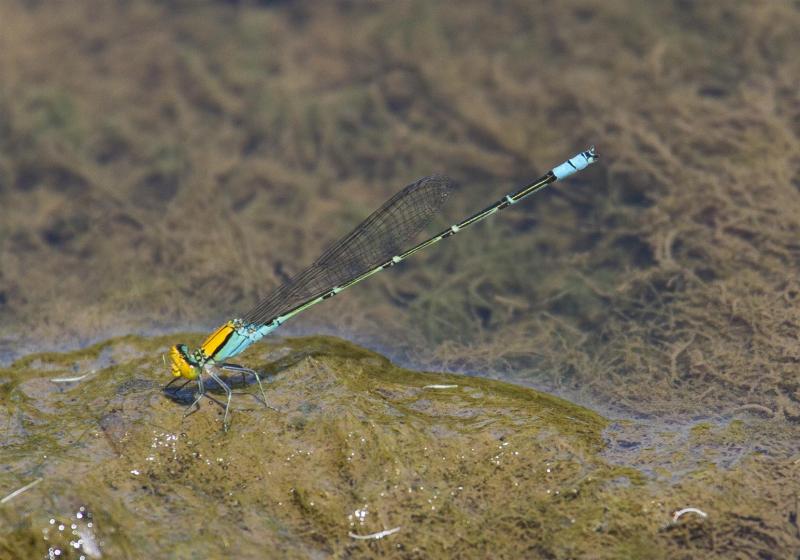
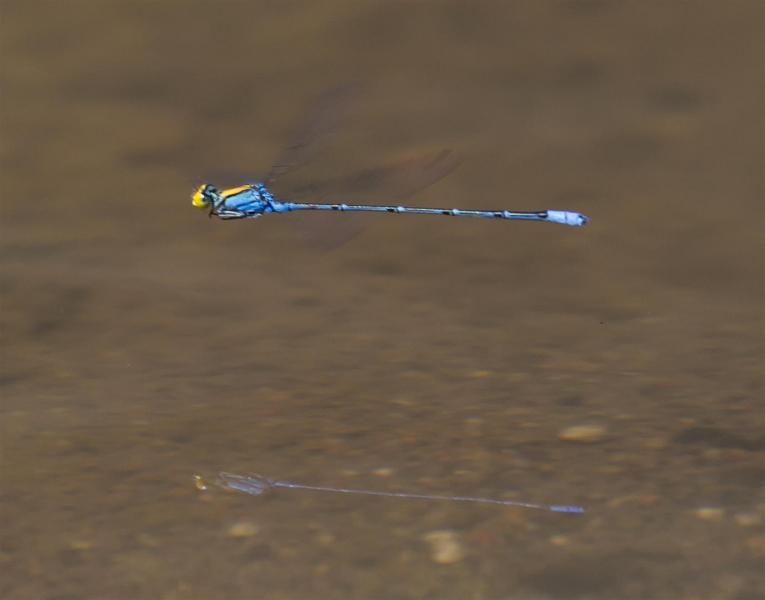
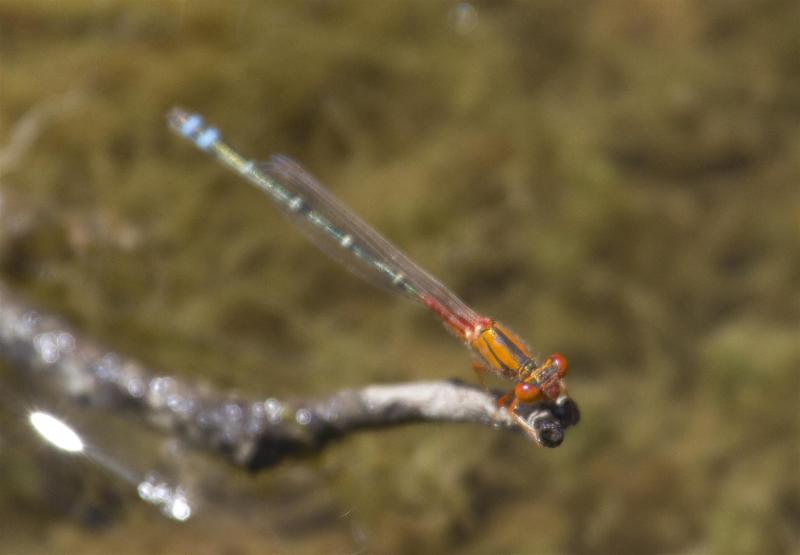
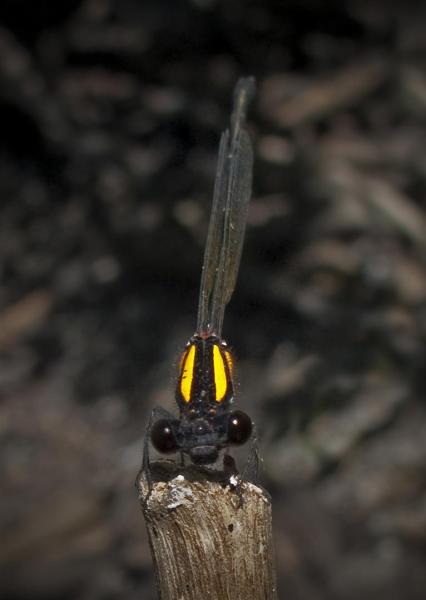
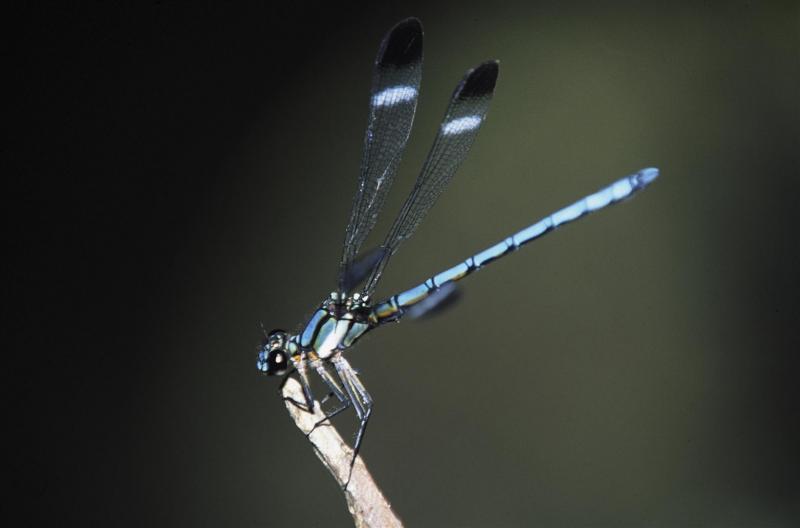
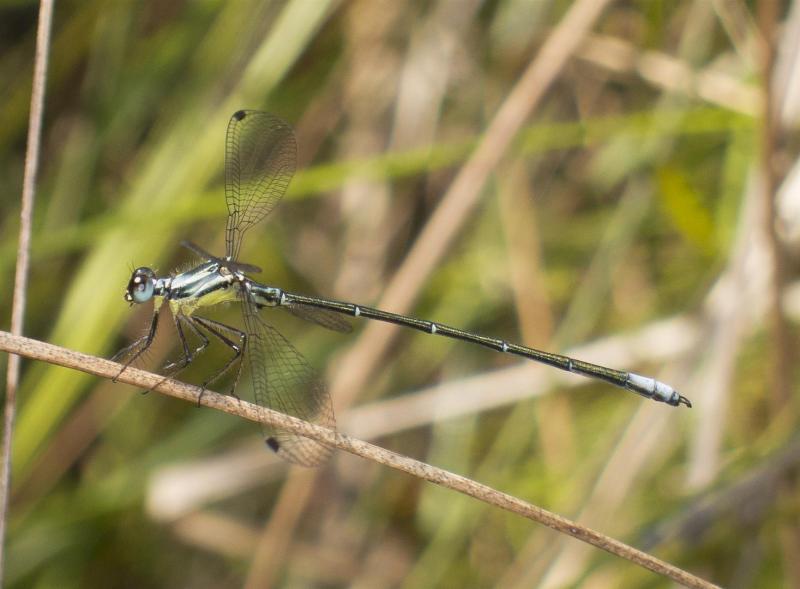
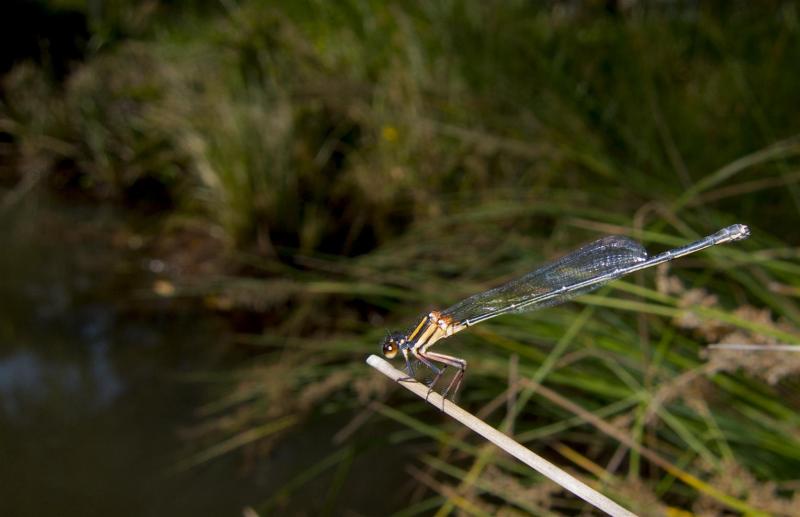
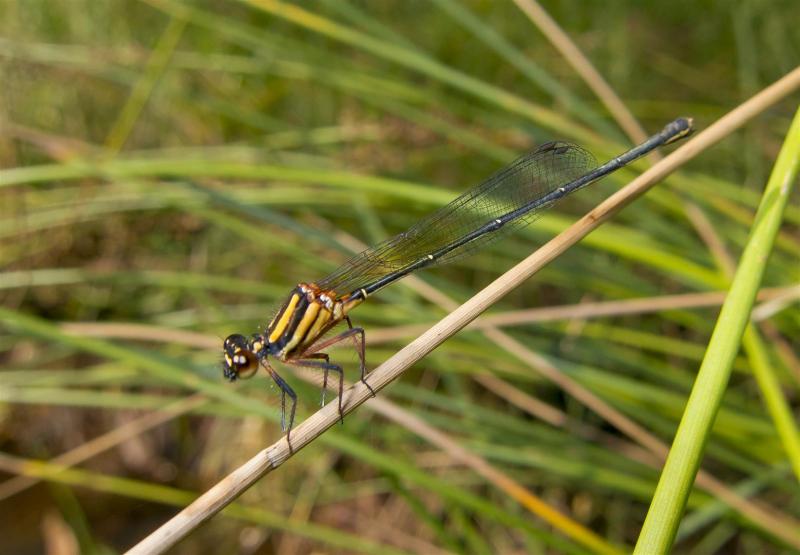
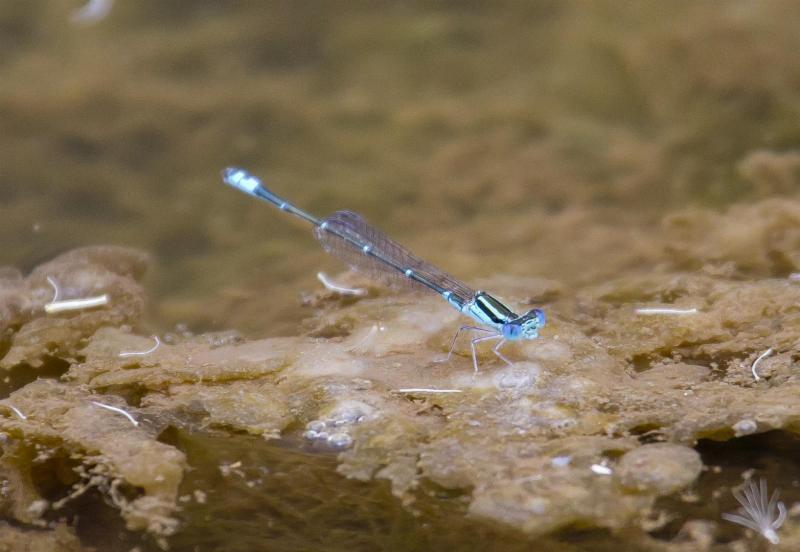
Dear Rob,
I too knew Barry Kenway through Field Nats in Toowoomba. Through him I was able to get started identifying some of the more difficult dragonfly/damselflies. He sent a photo of a Darner from Girraween to you I think. Lousy photo, but it put me in touch with the lady who runs the Girraween web site and I was able to help her out with a few pictures. It all helps.
By the way you have a fantastic blog. Great photos. Thanks.
Regards
Don Gardner
These images are beautiful. The Gold-fronted is stunning!
Folks
My association with Baza Kenway goes back to my school days in the mid sixties when Barry was my physics teacher at Mt. Lofty High School in Toowoomba. After leaving school I only saw Barry very irregulary over the intervening years. This was until I returned to live in Toowoomba about a decade ago. In these 10 years we became reacquainted through the world of dragonflies. In the last four or five years particularly, Baz and I have spent a lot of time searching out some of the more reluctant denizens of Toowoomba's Odonata fauna.
Animal people all have an obsession with lists. Bird twitchers are a prime example. I was one until I got better. I thought that I was done with it until Barry introduced me to his "List of Toowoomba Odonata" and I was hooked again. "Birds schmerds" as my good mate and reptile addict Steve Wilson would say, dragonflies was now my new obsession. Not long before Barry died I remember him pondering the likelihood of the Toowoomba list reaching 40 species. At that stage it stood at 38 dragons and damselflies.
In the last few years Barry and I had started to explore some of the more inaccessible waterways on the Toowoomba escarpment, which revealed their own suit of these fascinating insects. Two waterways proved very fruitful; Gatton Creek in Redwood Park and the headwaters of Murphys Creek on the northern edge of Toowoomba. Just before Christmas 2012 we clicked over our 40 for the area when an afternoon's "dragoning" on Gatton Creek added Unicorn Darner (Austroaeschna unicornis) and Sapphire Rockmaster (Diphlebia coerulescens) to the list. Forty for the Toowoomba area and about a third of them recorded in Redwood Park alone. We were very happy clicking over the 40.
In the early New Year I went away for a fortnight's survey work on Raine Island off the tip of Cape York. Whilst I was there I recorded the first dragonfly for this remote coral cay on the edge of the Great Barrier Reef; a Lesser Green Emperor (Anax guttatus). I vouchered the specimen for the Queensland Museum's reference collection and was very keen to get it back to show Barry but, unfortunately that wasn't to be. I was home but a day when my good mate and Odonata mentor passed on.
The Lesser Green Emperor is very similar to the Green Emperor (Anax gibbosulus) in every respect except for a black "T" bar on the top of the frons of the latter. I have gone off on this tangent to introduce the Green Emperor and Barry's association with the insect. Until 2006 this dragonfly had not been recorded in south-eastern Queensland until Barry caught a male in Cooloola National Park on February 19th whilst on an EPA BugCatch visit to the area. This find actually held up the publication of the late Ric Natrass' "Dragonflies of South East Queensland – A Field Guide" while Ric made accommodation for this species. This was one of Baz's fondest "dragoning" reflections and Ric does well-deserved respect to Barry with an appropriate dedication in the above book. The loss of both Barry's and Ric's expertise and enthusiasm are greatly lamented.
And Baz, if you're listening, it's now 41. We got a Superb Emerald at Murphy Bridge, Spadale on the 3rd February.
Regards,
Rod Hobson